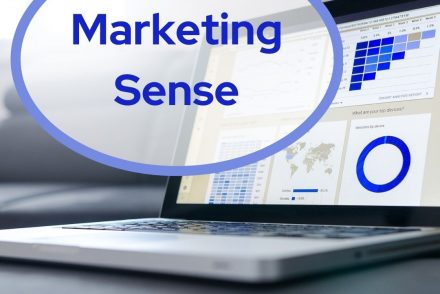
Marketing Sense
How to Grow Your Audience Using Online Workshops: Part Six
We’ve almost finished preparations for our online workshop! If you’re just joining us, you may wonder… “Why bother with…
September 12, 2022
We’ve almost finished preparations for our online workshop! If you’re just joining us, you may wonder… “Why bother with…
September 12, 2022
Want to grow your audience faster? Online workshops (also called webinars) are a great option. In this series, we’re…
July 12, 2022
Last month we began this series by choosing the marketing message for a workshop on ice fishing. Ice fishing?!?…
May 12, 2022
What Is a Lead Magnet and Why Is the Title Such a Big Deal? Lead Magnets are the overlooked…
August 12, 2021